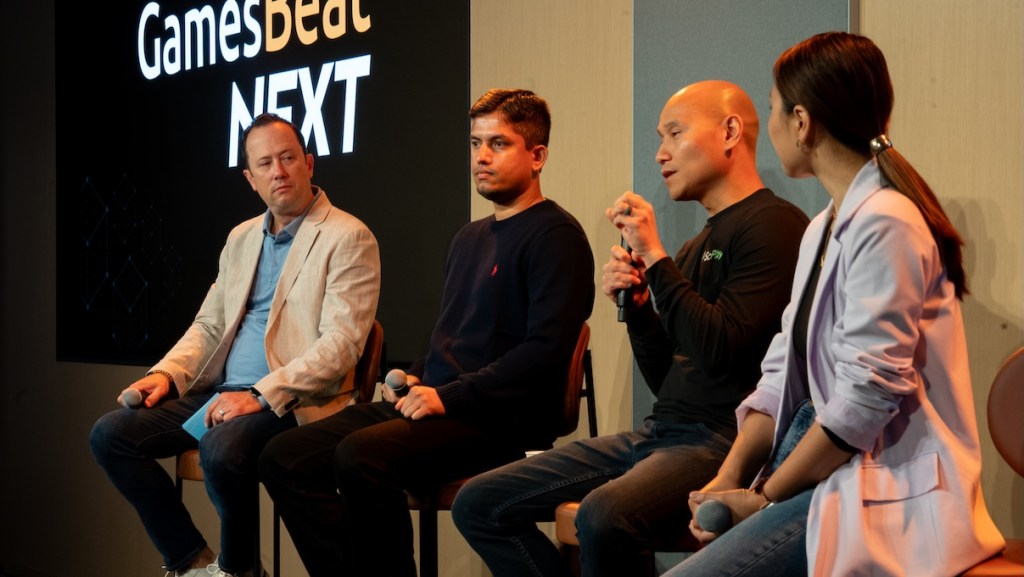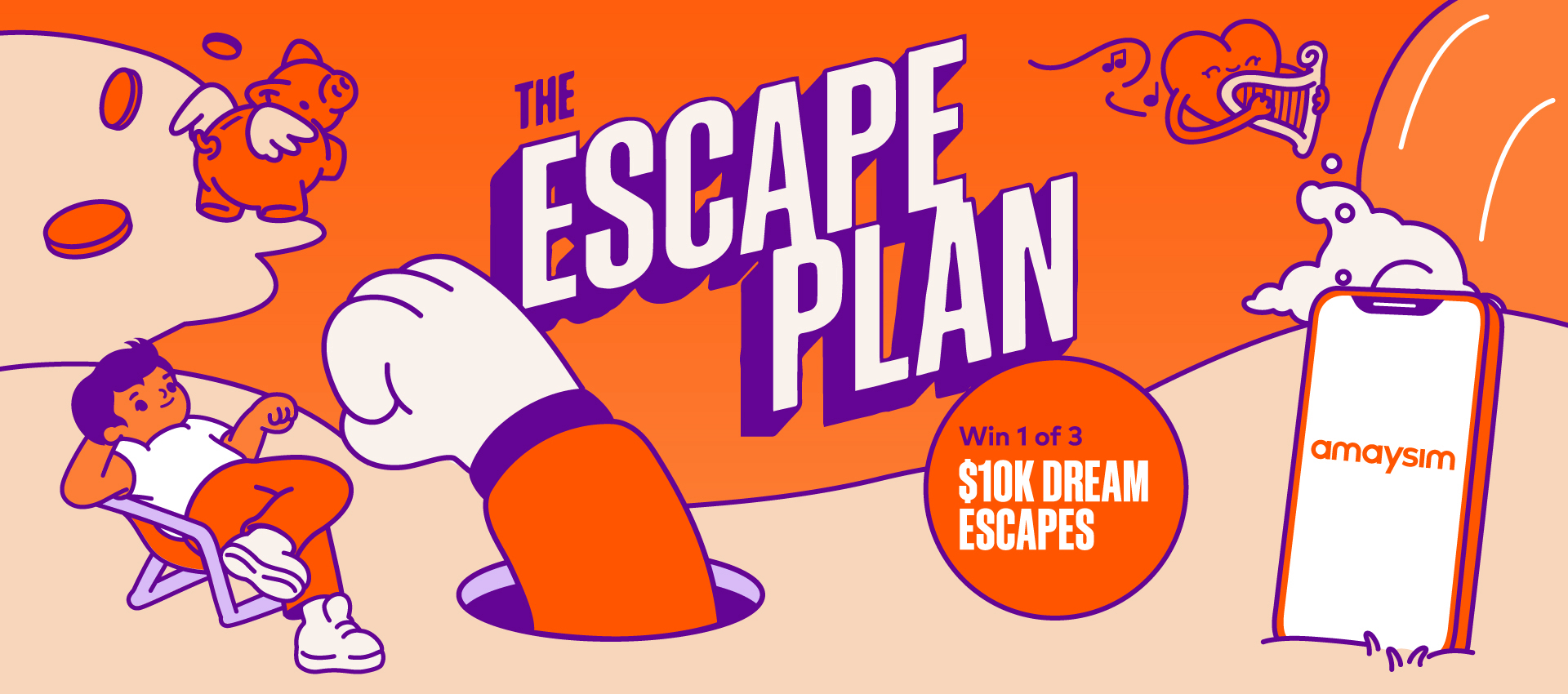Monetization is a huge challenge and a moving target in today’s mobile game market — but there are also new opportunities as the global landscape evolves. Direct-to-consumer sales, or web shops, have consistently proven to be the key to unlocking new revenue streams and player loyalty. At this year’s GamesBeat Next, Berkley Egenes, chief marketing and growth officer at Xsolla, spoke with Josephine Friday, senior director, global enterprise BD at Xsolla; Danny Moy, chief strategy officer of SciPlay; and Manish Tiwari, senior manager, product management with Electronic Arts, about best practices for launching a successful web shop.
Best practice #1: Value is king
There’s naturally some friction when you ask a user to leave the app to pay or take any kind of action, go outside the app to do a payment or perform some type of action, Moy said, so being clear about the value prop is key here. That includes offering items you can’t get anywhere else, huge bundles that attract whales and so on — but you can also offer a new kind of relationship with your players.
“Here’s where you can directly interact with us as the operator of the game,” Moy explained. “We develop a lot of one-to-one relationships with our players. Meaning they talk with our CS people. They talk to a VIP host. A lot of players value that. If I run into any issues or if I have any questions about the game or if I feel like I’m getting stuck, I want to be able to talk to someone.”
Best practice #2: Reduce friction everywhere
The value prop gets the player into the store, but the purchase itself, the checkout process, is inevitably a hurdle, especially the first time. But the web shop is aimed at a game’s most engaged players, Tiwari pointed out, which means you can lure them through the conversion funnel using valuable game items.
“If the player is willing to go through that friction, they’ll be rewarded adequately for doing the first authentication, logging into the web store, making the first purchase and making a repeat purchase,” he said. “If you reward the player throughout this web purchase funnel, you’ll see that your most engaged players will work through this friction and build a new habit.”
But beyond the payment or checkout experience, which can also be smoothed out with things like social logins, there’s getting the player back into the game after they’ve purchased, Moy added.
“I just purchased a bunch of coins, a bunch of items. How do I get that to sync back into the game with as little friction as possible?” he said. “You want the person to go back into the game and make sure it reflects everything they just purchased so they can use it. That whole experience of going from one area to the other, you want to minimize that friction as much as possible. Once that’s smooth, it gets reflected back in the core experience. Players feel trusting. It becomes part of their daily habit.”
Best practice #3: Get the word out
You need to communicate the value of your web shop, but on mobile platforms, the TOS limits the ways you can connect with your players.
“The good thing is that you can market your social media, your YouTube channel, your Discord within the game,” Tiwari said said. “Ask players to join in this out-of-app marketing channel and use that channel to market all the value that you’re going to provide in the web shop.”
Another thing that works is community, Moy said.
“Leverage the existing players that are already on the web shop and enjoy that experience,” he said. “Have them tell other players and help you communicate. Potentially reward them for doing so.”
Best practice #4: Take advantage of LiveOps
Web shops make LiveOps easier to stage, easier to grow and scale them, and easier to engage players. LiveOps are also an essential part of building a buying habit, Tiwari said.
“If you want more players to have this habit of visiting your B2C shop, everything that’s happening in the game, you sync it with your B2C shop, make it a lively hub filled with all the new content that’s already going into the game,” he said. “That freshness of the platform will keep bringing players back.”
But it’s important to fully integrate it into the game experience, Moy said.
“Don’t treat it as something separate or something on the side. Treat it as a part of your game,” he said. “When people come here, make sure it’s still personalized for their behavior, their experience, their current level or status in the game. Don’t try to create something that’s one-size-fits-all. You want to create that good player experience and close the loop.”
That builds confidence and confirms to players that this is just an extension of the game, not a different payment website.
Best practice #5: Continuous optimization
A central benefit to web shops is that you own all your player data, for the entire journey, which unlocks data-informed decisions and optimization opportunities.
“If you take a step back, especially in free-to-play mobile games, it’s all about optimization, A/B testing and tuning,” Moy said. “Same thing goes for the web shop. Don’t just build it once, let it sit out there and expect it to continuously work and scale. Just as you’re live operating your game, you’re live operating your web shop.”





